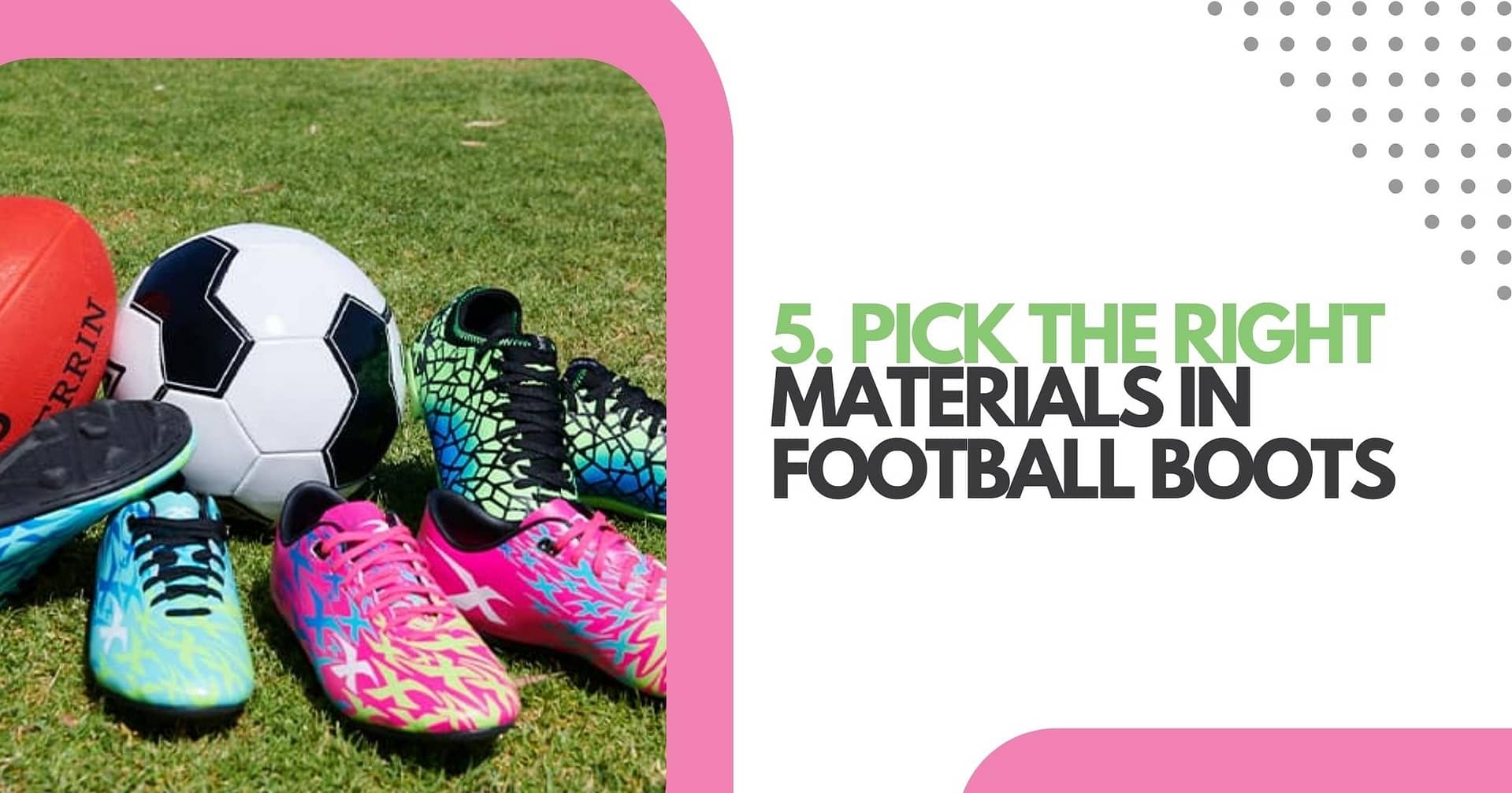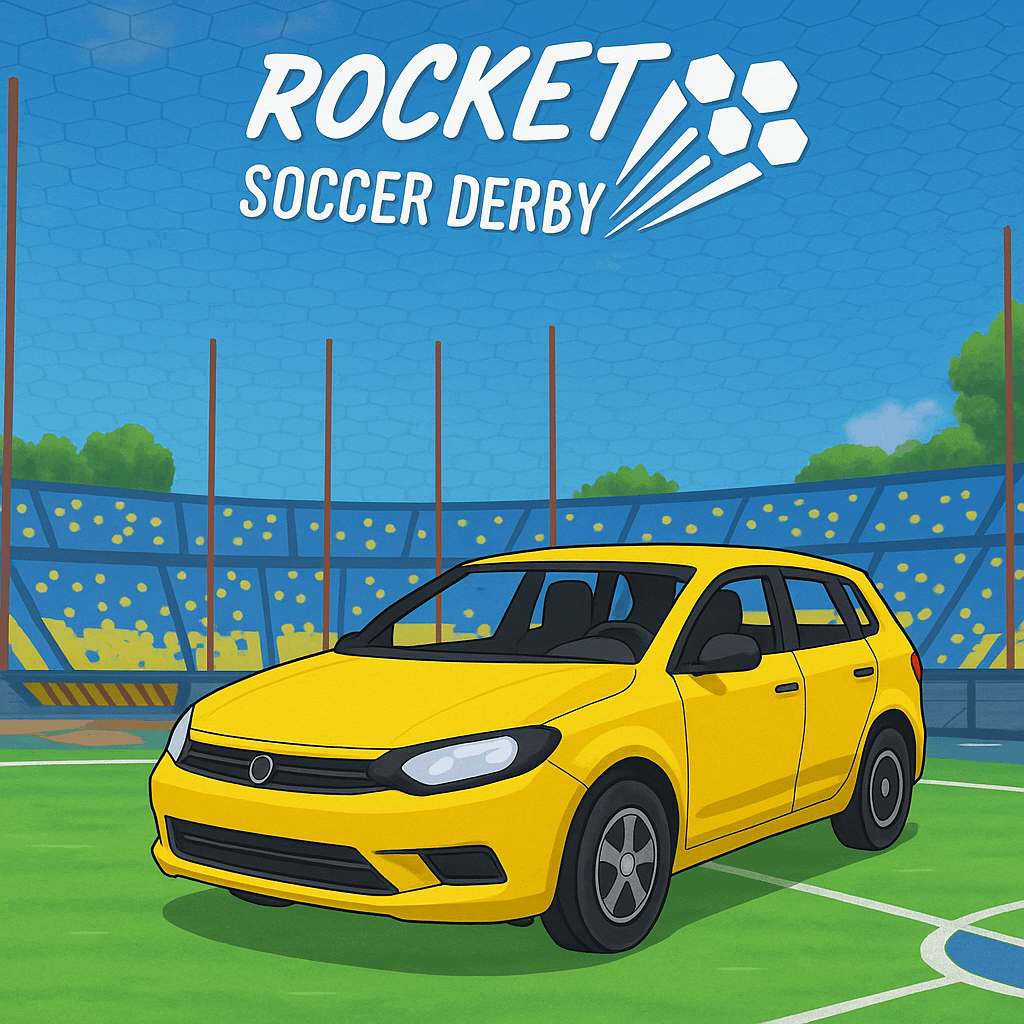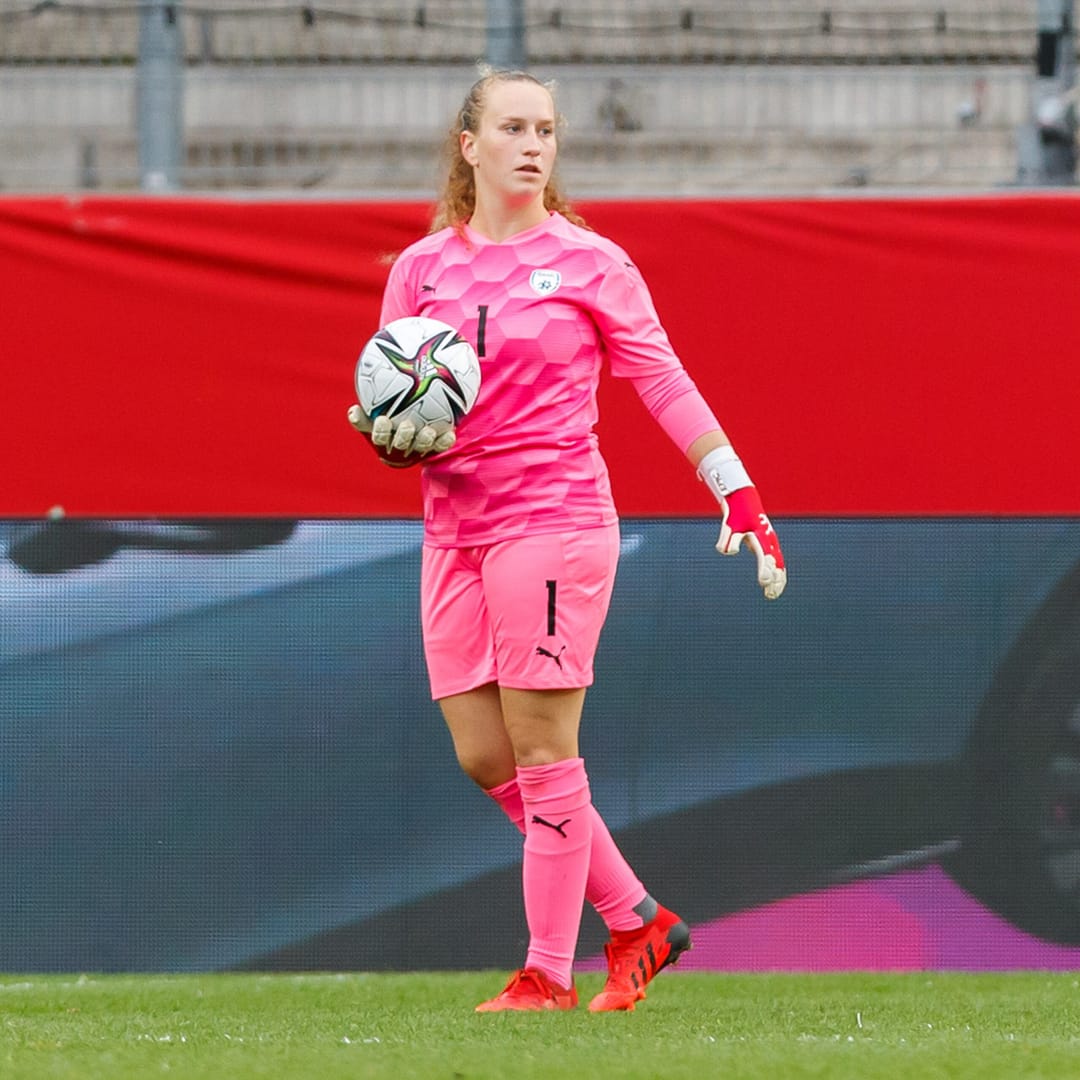Are Metal Cleats Allowed in Soccer ever stepped onto the field ready to play, only to have the referee point at your shoes and say, “You can’t wear those”? It’s annoying, especially if you spent good money on your cleats and thought they were perfect for the game. The rules can feel unclear, and that’s why are metal cleats are allowed in soccer is such a common question among players.
That’s exactly what we’ll clear up here. In this post, you’ll learn when and where metal cleats are allowed, why some leagues ban them, the difference between cleats for other sports, and what your best options are if you want to avoid trouble on game day.
Understanding the Rules Around Are Metal Cleats Allowed in Soccer
In professional soccer, metal cleats are often allowed, but only if they meet certain safety requirements. For example, FIFA permits them as long as they’re not sharp or dangerous to other players. Referees also have the authority to inspect your cleats before a match and decide if they’re safe.
However, in many youth leagues, school competitions, and recreational games, metal cleats are banned altogether. This is mainly for safety reasons — a metal stud scraping across someone’s ankle can cause serious injury. Always check with your league’s rules before wearing them.
Why Some Players Choose Are Metal Cleats Allowed in Soccer
Metal cleats offer excellent grip on wet, muddy, or soft grass fields. They dig deeper into the ground compared to plastic or rubber studs, which can help with balance and quick turns. This is why some professional players, especially defenders and midfielders, prefer them during rainy or winter seasons.
The downside? They’re heavier than molded cleats, and on dry or artificial turf, they can feel uncomfortable. They also require more maintenance since the studs can loosen over time and need tightening or replacing.
Differences Between Soccer Cleats and Other Sports Cleats
If you’ve looked at soccer vs football cleats or soccer cleats vs baseball cleats, you’ll notice key differences. Soccer cleats have a low-cut design for better ankle movement and no toe spike, allowing for precise ball control. Football and baseball cleats often have a front stud, which isn’t allowed in soccer.
You might also see comparisons like lacrosse cleats vs soccer cleats or indoor soccer shoes vs outdoor. Each sport has unique needs, so wearing the wrong cleats can affect both your performance and safety.
Indoor Soccer vs Outdoor Cleats
For indoor soccer, indoor soccer shoes or indoor soccer cleats with flat rubber soles are the norm. These are designed for hardwood or turf-like indoor surfaces, providing grip without damaging the floor.
Outdoor soccer cleats come in varieties like firm ground soccer cleats for natural grass or turf vs grass cleats for different surface types. Metal cleats are only used outdoors and never indoors.
Choosing the Right Cleats for Your Position
Your position can influence the best cleat type for you. Defenders often benefit from stronger traction, making cleats for midfielders or defenders with metal studs appealing. Midfielders who cover more ground might prefer lighter molded cleats for comfort over long periods.
If you’re looking for performance and value, brands like Nike’s Socal Pack or high-quality good soccer cleats can give you an edge. Just make sure whatever you choose fits league rules.
Safety Concerns with Metal Cleats Are metal cleats allowed in soccer
The main concern about metal cleats is injury risk. A metal stud can cause deeper cuts than plastic ones if there’s contact during a tackle. That’s why many youth and amateur leagues don’t allow them.
For safety, regularly check your cleats for sharp edges or loose studs. Even if metal is allowed in your league, damaged or poorly maintained cleats can still get you pulled from the game.
How to Check If Metal Cleats Are Allowed of are metal cleats allowed in Soccer
Before buying, look up your league’s official equipment guidelines. You can also ask your coach or referee before the season starts. Some leagues allow them only in certain weather conditions, like heavy rain, while banning them on artificial turf.
If you’re in a competitive or professional league, metal cleats are usually fine as long as they pass inspection. But if you play in school tournaments or casual leagues, molded studs are the safer bet.
Alternatives to Metal Cleats of are metal cleats allowed in soccer
Are Metal Cleats Allowed in Soccer If metal cleats aren’t allowed, firm ground soccer cleats or turf cleats are solid options. They offer good grip without the safety risks of metal. For indoor play, stick to indoor soccer shoes.
Many modern cleats also have replaceable studs, letting you swap metal for plastic depending on the field and rules. This can be a smart investment if you play in different leagues.
FAQs About Are Metal Cleats Allowed in Soccer
1. Are Metal Cleats Allowed in Soccer in professional soccer?
Yes, professional leagues often allow them if they meet safety standards and pass inspection.
2. Can I wear metal cleats on artificial turf?
No, metal cleats are not recommended for turf. They can damage the surface and increase injury risk.
3. Why are metal cleats banned in some leagues?
Mainly for safety reasons — they can cause more severe injuries than plastic studs.
4.Are Metal Cleats Allowed in Soccer better than plastic ones?
They provide better grip on wet grass but are heavier and less versatile.
5. Can youth players wear metal cleats?
Most youth leagues don’t allow them to prevent injuries. Always check your league’s rules.
About Goalnyx
Goalnyx is your go-to resource for everything soccer — from gear guides and product reviews to training tips and player advice. Whether you’re shopping for awesome cleats soccer players love, looking for soccer accessories, or comparing nicest soccer cleats, we help you make smart choices. Our mission is to keep players informed, equipped, and ready to play their best game, no matter the level.






